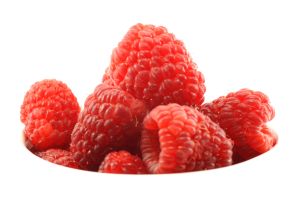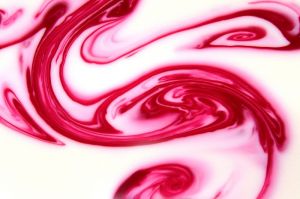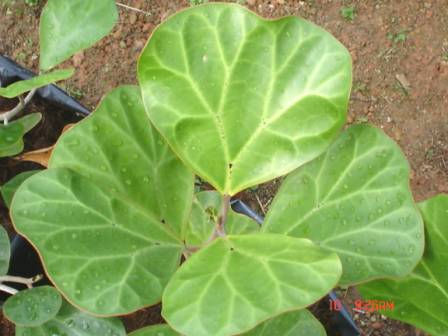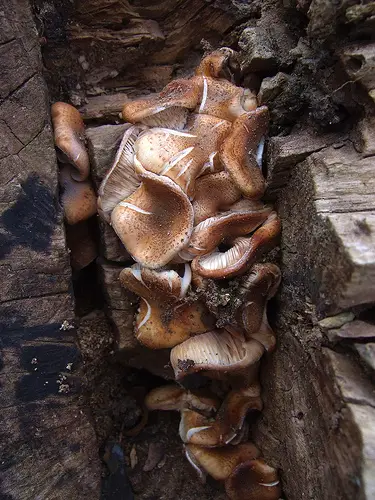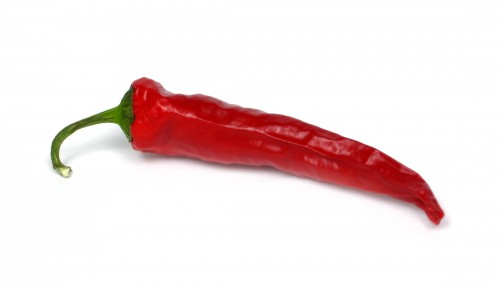Raspberry
An edible fruit of several plant species in the Rubus genus, the raspberry is a perennial that is known around the world for its red coloured fruit. They are grown in temperate regions, and are easy to grow. In fact, it has a tendency to spread unless it has been pruned. Some raspberries also appear as weeds as the seeds have been spread via bird droppings.
There 2 main types of commercially grown raspberry varieties available on the market. There are summer-bearing raspberries which produce many fruits on the floricanes (canes of the plant) during its 2nd year or life. These fruits appear within the middle of summer. There are also ever-bearing plants, which bear fruit in their 1st year during both the summer and fall, as well as in the summer crop during the 2nd year.
Raspberries are usually planted in the winter. There is a special production method called “long can production” whereby raspberry canes are grown for 1 year in a northern climate such as Scotland or in Washington State, USA. This is because the chilling requirement for bud-breaking is met earlier. The canes and its roots are dug out and replanted in a warmer climate such s in Spain where they flower quickly and produce fruits early. Raspberry plants should be placed 1 metre apart in fertile and well-drained soil. Raspberries are planted in raised beds if there is concern about root rot issues.
When the raspberry fruit is ready to be harvested, it easily comes off the receptacle/torus. An individual ripe raspberry can weigh about 4 grams, and consists of 100 drupelets. Each of these have a juicy pulp and a single central seed. Raspberry bushes can produce several hundred berries a year.
The fruit is ready to be picked when it has turned into a deep colour. Although red raspberries are common in supermarkets, they also can be purple, black, or golden yellow, depending on the species. When it has turned into a deep colour, this means that the fruit is ripe and sweet. Any excess fruit can be frozen or made into raspberry jam.
Other than eating raspberries fresh or as raspberry jam, they are commercially processed into other foodstuff. They can be quick frozen, pureed, turned into a juice, or dried. The leaves of the raspberry plant can be used either dried or fresh in herbal and medicinal teas. They are used in herbal medicine and are reported to be effective in regulating menses. Raspberry leaf tea can also be used during pregnancy.
Although these fruits are tiny, they pack a healthy punch. Out of all of the fruits of the world, they are near the top of the table in terms of antioxidant strength. This is due to the high concentration of ellagic acid, gallic acid, quercetin, cyanidins, anthocyanins, catechins, pelargonidins, salicylic acid, and kaempferol. However, the yellow raspberry variety is lower in anthocyanins. Due to their high levels of antioxidants, polyphenols, and vitamin C, they have a ORAC (oxygen radical absorbance capacity) value of approximately 4900 per 100 grams. In comparison, apples average only 2800.
